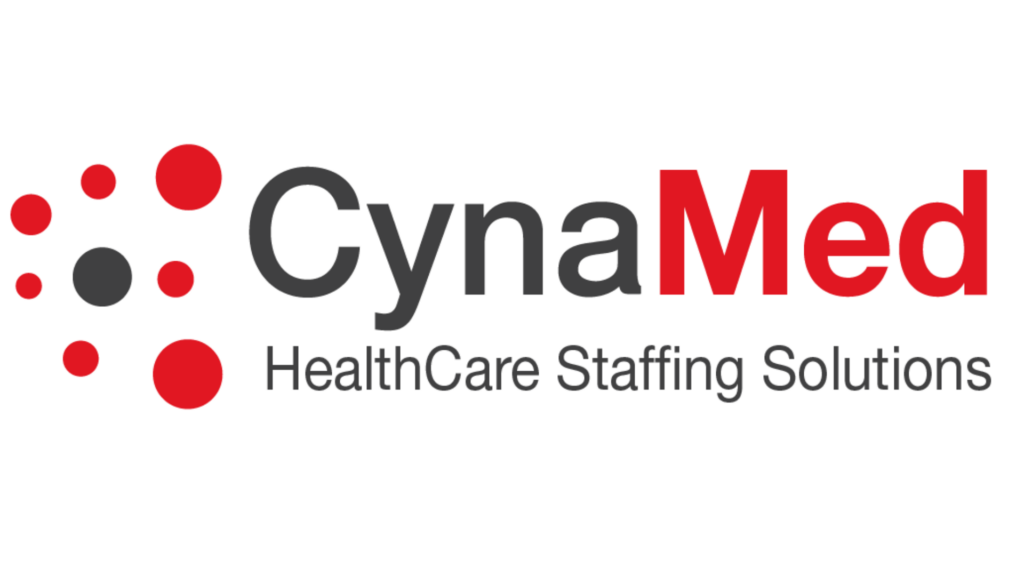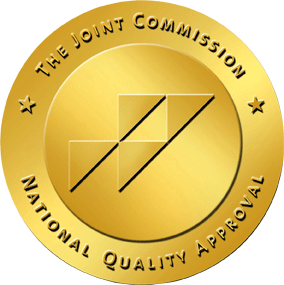With all the vital responsibilities registered nurses have in a hospital, a clinic, a nursing home, a home or a school, good communication with a patient is one more. It takes a special and talented person to be caring and professional under pressure. It’s likely the patient or loved ones are stressed or worried, too; adding to possible misunderstanding.
Effective communication leads to better outcomes. Good communication decreases stress. While it may take a little time, often in a hectic situation or a busy schedule, improved communication saves time. Good connections and understanding will reduce going over the same information later. Other consequences can be complications, misuse of medicine and visits for repetitive reasons.
Patients are more likely to listen to and follow medical expertise from trusted professionals. Here are a few ways registered nurses simply and effectively communicate to reach their patients.
Create a good environment
Giving a patient or family member as much privacy as possible is the best for important or stressful conversations. Sometimes it’s impossible in an ER or another busy, confined space.
A patient is likely to interact differently, maybe guarded or defensively, if a conversation with a nurse is in public, or the feeling of being in public. Surrounding actions and noise can lead to misunderstanding or a sense the nurse has not his/her whole focus on the situation at hand.
Sit with the patient
As part of having the right environment for nurse and patient, sitting with a patient creates a significant improvement in connection and trust.
Sitting down takes no more time than standing in a hall or standing over a patient in a bed.
Patient satisfaction improves, in research by Patient Experience Journal, when an RN sits while talking with a patient.
The words may not be different. The actual time spent may not be different. Yet, the intangible sense of care is different. Positive feelings regarding patience, courtesy, and respect improve. The communication improves – in both directions.
Rehearse how you start a conversation
Every situation is different. The rehearsal might be silent, and only be a few seconds long. However, being confident and at ease conveys your experience, care and efforts to a patient. Starting a conversation rushed and flustered – while understandable, and nothing to do with the current patient – could add to a patient’s anxiety.
A patient isn’t likely upset about a nurse or their medical care at the outset. You are there, though. It’s not exactly fair to the nurse to have yet one more trying responsibility, but being calm and kind – even if it’s “rehearsed” – helps a patient want to listen.
Getting the patient to teach-back
Patient teach-back is a familiar education technique. It makes sure a patient understands the current situation, what is happening, and their role in the next steps.
Teach-back isn’t just to test the patient. It helps the nurse know if there’s a need for more explanation, repeating information or more questions without asking, “Do you understand?” or “Do you have other questions?” Questions such as these are likely to get “Yes” or “No” answers.
The BATHE Method
BATHE, developed by a PhD at the University of Virginia, stands for Background, Affect, Trouble, Handling and Empathy. This method aims to help with relationship-building conversations between nurses and patients. It maximizes finding connections in a very short period of time, as that’s often all there is in an exam room or emergency setting.
The method has the nurse lead the patient into telling the nurse what’s most important to him or her. The care provider asks what the patient wants to go by, about their family and about their likes and daily lives. The goal is to relate and feel at ease. Now there is some commonality achieved. There’s a building sense of common goals before continuing onto the serious news. This method is also effective to decrease stress.
CynaMed
CynaMed is a premier nurse staffing provider and hires RNs throughout Western Pennsylvania. For more on RN jobs, go to please visit CynaMed’s job portal today!






